Series-Writing Advice: Think Like a Reader!
If you want to generate a following as an author, it’s important to think like a reader. This means not only determining what it is that they want from your books themselves, but considering how it is they discover you as an author, what works best in drawing them into your stories, and most importantly, how to keep them hooked and reading more of your work!
While writing is a craft, being a successful self-published author is a business; and it’s important to think of it exactly like that when it comes to advertising and marketing your books – a business. You want to score the most sales you can; and that begins with one of the core strategies for successful business – empathizing with your customer.
I’ve written about the importance of the Back Matter of your book – the things you include after your story is over. However, this week I really thought about it from a perspective not a lot of authors do – through the eyes of the reader.
If you look at the massively successful authors of our time – self-published or not – there’s a model to how they’ve grown to become such powerhouses – the series.
Lee Child’s Jack Reacher series has 25 books in it. This is small-potatoes compared to many of the best-selling romance writers. The fact is, you’re onto a winning formula if you can get readers hooked on one book, and then drive them to read all the rest in your series as well.
Another example of how this works is the books you most commonly see advertised – it’s a lot more common to see “Book One” pop up in the Sponsored Content ribbon of Amazon, or as a Facebook ad in your feed. This is because readers generally like to start a series at the first book of the series. In fact, you can even be hurting your sales when you advertise “Book Two” or your latest release because readers want to start at the beginning!
Focusing your advertising on Book One actually makes a lot of financial sense. If your cost-per-sale on the first book in your series only gets you $0.50 in profit, that’s still pretty good – but if that reader then goes on to buy the next book in your series – say for a $2 profit, priced at $3.99 – then you’re getting an extra sale with no additional cost to you! And imagine if the readers went through all of the books in your series!
I mean, best case scenario – and don’t imagine your results will look like this without a lot of tweaking – but if you can hook a reader into your first book, and then through the Lee Child-like 25 additional books in your hypothetical series, you’d be scoring $50 in additional sales. The $0.50 you made on your original book is just the cherry on top of that!
Of course, that all sounds wonderful in theory – but even scoring an advertising campaign that delivers $0.50 is pretty inconceivable for some at the moment. The good news is – it doesn’t need to be.
This model – of hooking a reader into a series – is one of the most powerful that a self-published author can use to turn their passion into a career. Here are some tips to viewing your series through the eyes of a reader:
The Product Page
We’ve said before that your advertising doesn’t sell your book – your product page does. All your ad is supposed to do is deliver a reader to your product page, and then it’s down to your blurb, reviews, and Look Inside to seal the deal and get them clicking ‘buy now.’
With the first book in your series, this is more important than ever – because every new reader you get could be a goldmine if you can coax them through your entire series of books. Therefore, it’s important to get this page right.
Ironically – and I speak from experience – a lot of us publish Book One not knowing what we do when we get to Book Ten, and the most important book in our series is often the one that needs the most revision and updating. You must make sure Book One reflects the best of your writing, because it’s literally the showcase for everything you’ve written next.
That includes the writing that sells your book on the Product Page of Amazon.
I’ve written about how the key to successful self-publishing is to make sure your product page ‘converts’ – as in, converts traffic into sales – but I don’t think I stressed quite enough how powerful your Look Inside has to be. That’s the link behind your cover, which allows readers to see the first few pages of the book.
A lot of writers mentally compartmentalize their book and their marketing, but you shouldn’t. Those opening lines are the most important you’ll ever write. If you can provide a first page that grabs the reader by the throat and doesn’t let go, you’re onto a winner.
The Back Matter
Let’s say you’ve hooked a reader into downloading the first book in your series. Let’s also say they’ve whizzed through it – they loved it! Well, by the time ‘The End’ comes up, they’re hungry for more.
That’s why you should include a link to the next book in the series – or even the complete first chapter of Book Two! If you followed the advice above with Book Two and made the first chapter a barnstormer that the reader has to continue, you’ll be able to nudge them along into Book Two with the literal tap of a finger.
Continue that with Book Two, and all the others in the series, and you create a daisy chain that can lead a story-hungry reader into devouring your entire catalog. This is a strategy that is too-often overlooked, but can be massively powerful.
The Advertising
My final suggestion is to go back to what I mentioned earlier – how most series authors focus on promoting the first book and let the readers naturally move forward into the second and third.
Even if this is an imperfect rule – if the first book in the series only ‘converts’ a small percentage of readers into the next in the series – it still means every dollar you spend in advertising is simultaneously advertising every one of the other books in the series. It’s the biggest bang for your buck you can get.
Seriously – if you can’t get somebody who read the entirety of Book One to convert into a customer for Book Two, do you think advertising that book on its own is going to get better results? Get things right with Book One, and the others will often sell themselves.
And don’t be afraid to experiment. In my example above where Book One was earning $0.50 but leading to sales of each subsequent book at a higher rate, perhaps forgoing that initial 50 cents – by making Book One free (either for 5 days via KU or permafree) – will lead to more readers reading that initial book and more sales of subsequent books. If Book Two is earning $2.00 then giving up 3 or 4 sales of Book One for each additional Book Two conversion is worth it even if they never get past that second book. And if they DO go on to Book Three or beyond, the results get even better. But you have to monitor those results carefully, as sometimes readers of free books don’t convert as easily to buyers of later books. So you want to make sure that going free is at least as profitable – but hopefully more profitable – before you fully commit to the strategy.
However you do it though, just remember to think like a reader – lure them into the spiderweb of your series and drag them all the way through it. The moment you see things through their eyes, you’ll find a lot of your marketing and advertising strategy falls into place and becomes a lot more effective.
This is a lot more strategy than a lot of writers signed up for – they’re here to share stories, after all – but it’s this kind of thinking that can make all the difference between languishing in obscurity and hitting the bestsellers.




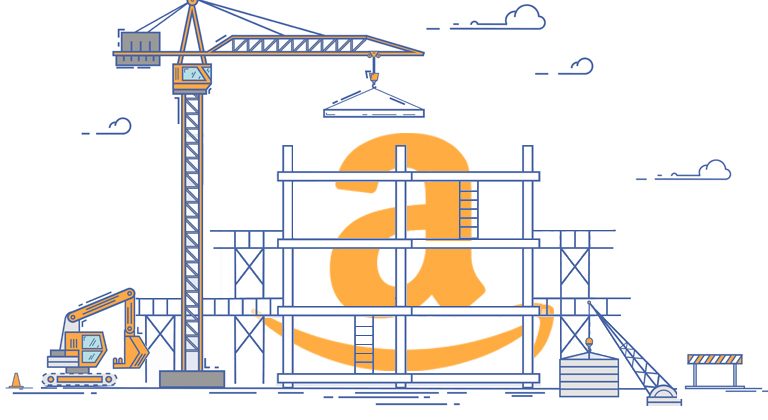
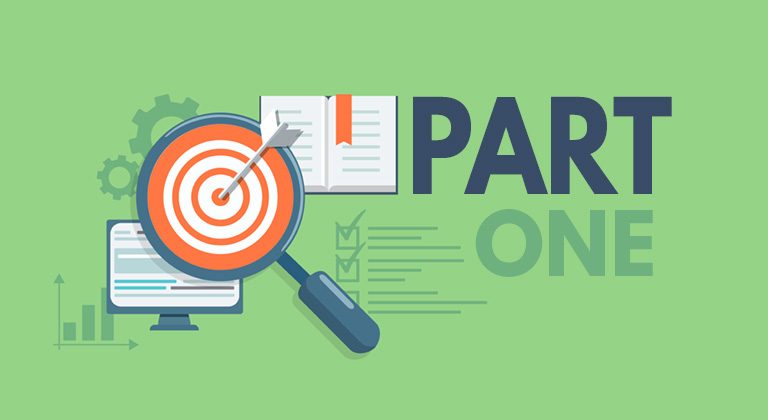

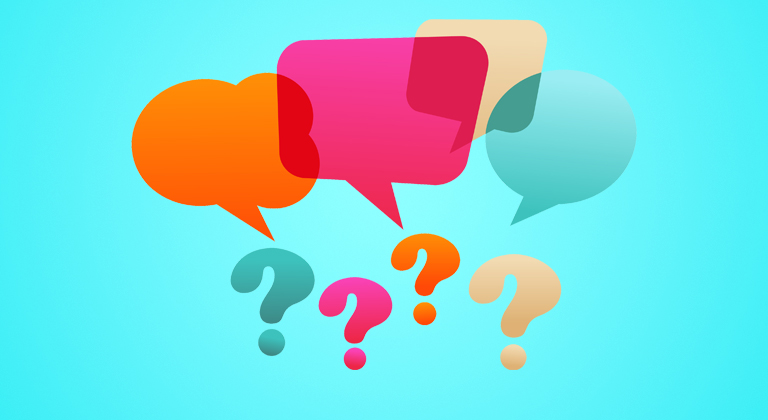

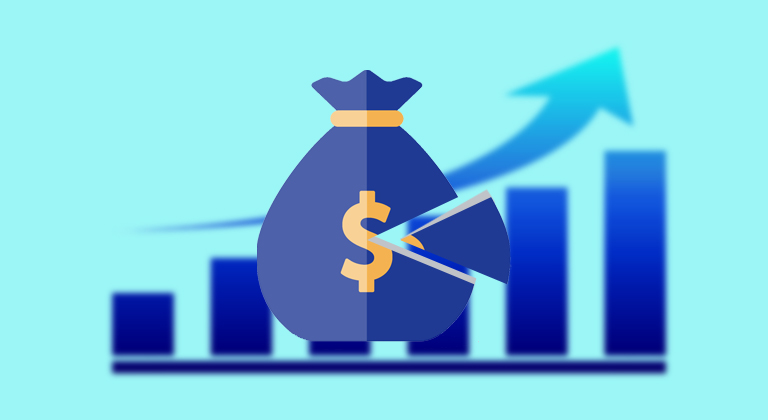

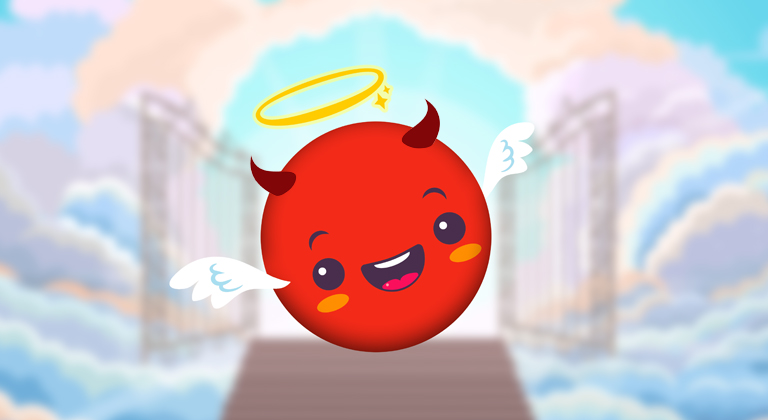
I wonder about launching books 3, 4, 5…doing swaps with other authors and spending money on advertising. Is it worth it? Or do you go back to pumping up efforts for book 1? It seems a shame to launch a book with no support, or only tapping your list for sales. Another thought – when book 4, 5, etc come out, do you discount the others? Create a box set and offer it at a discount?